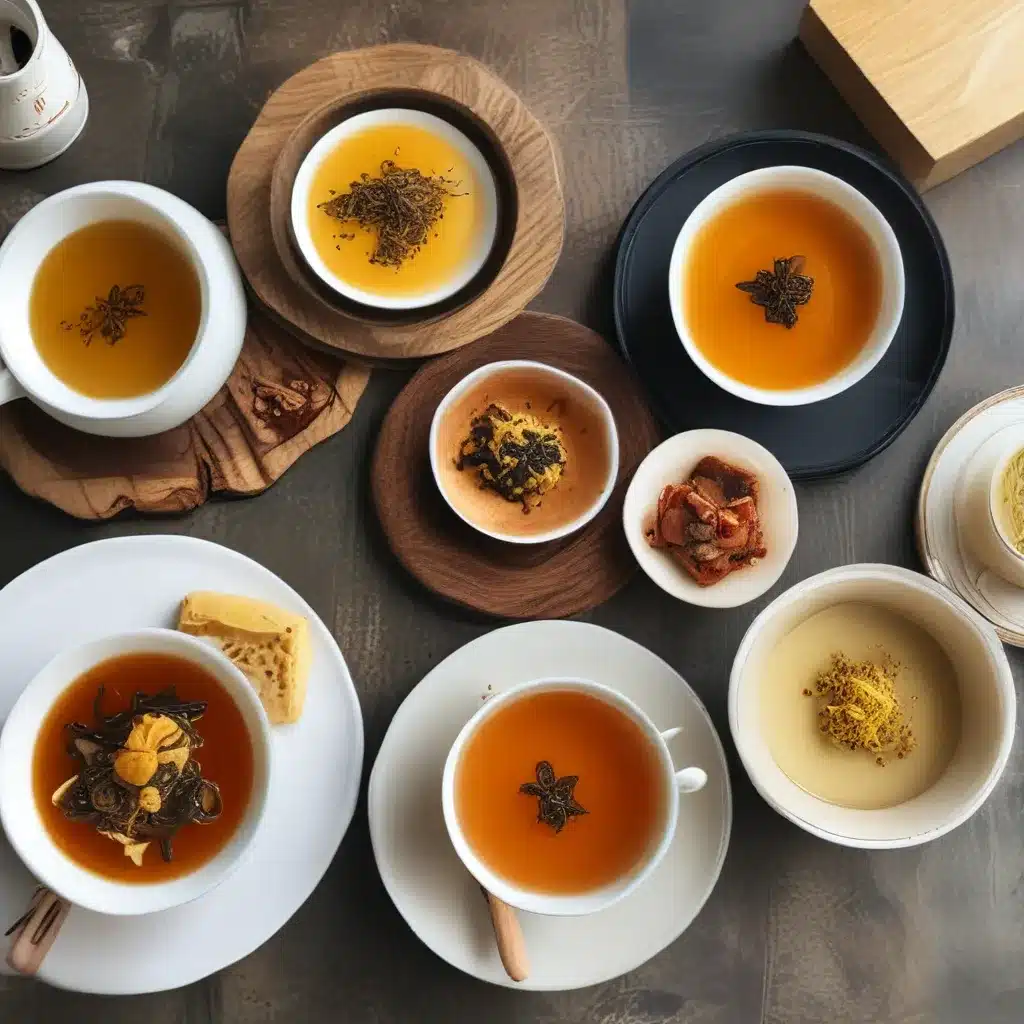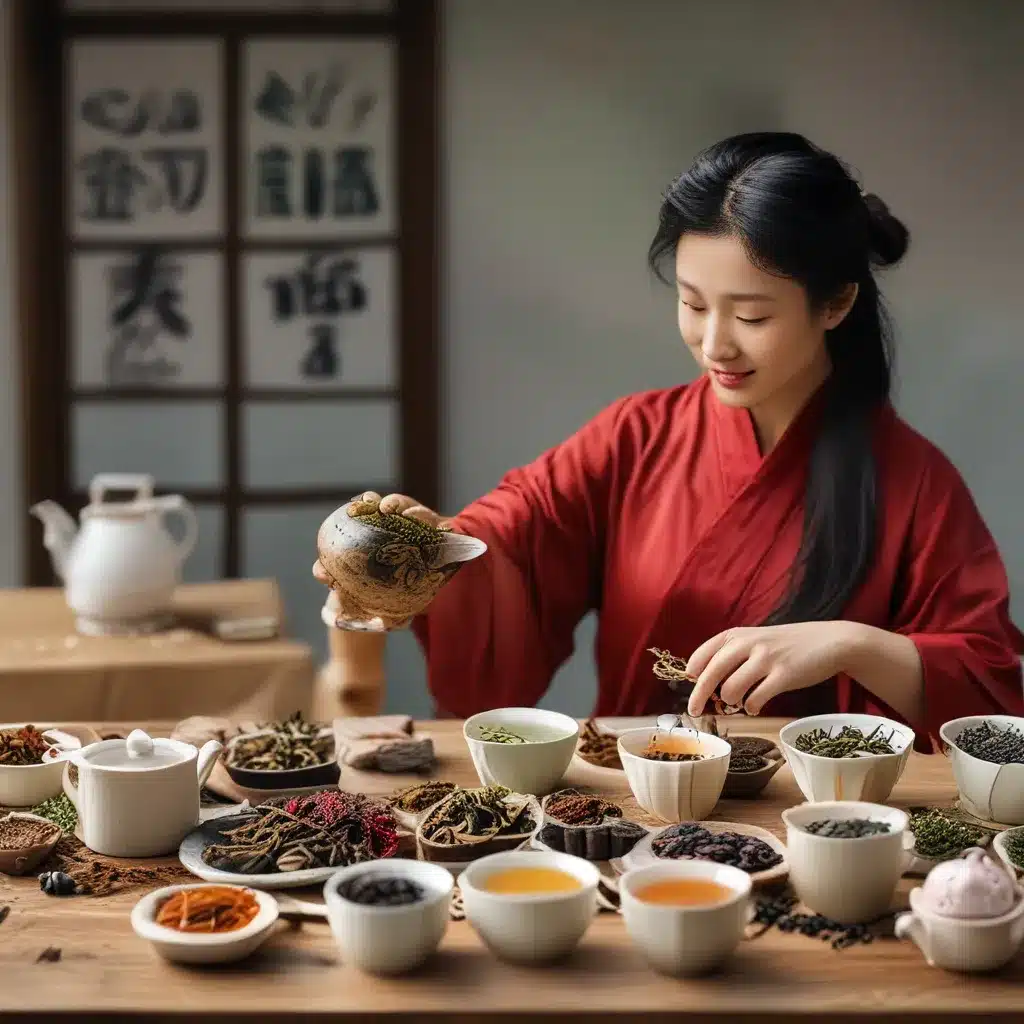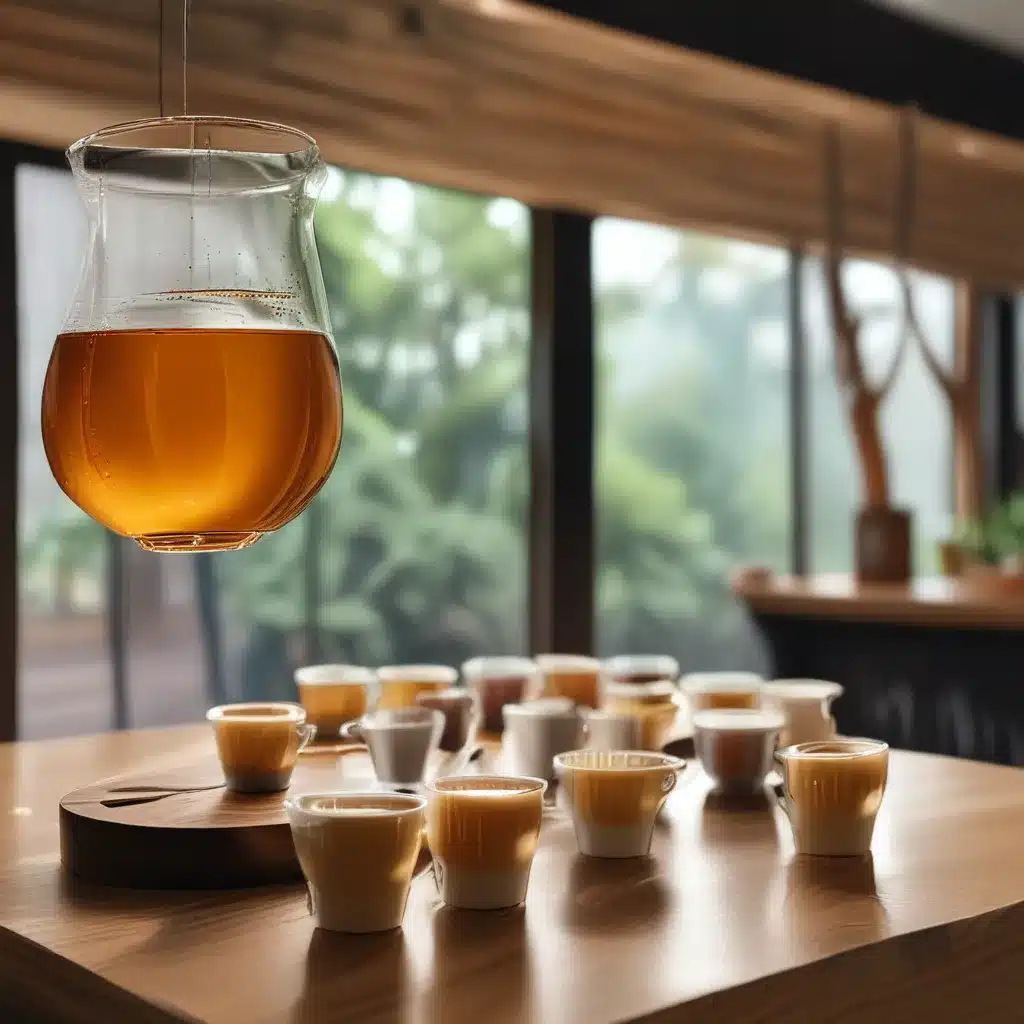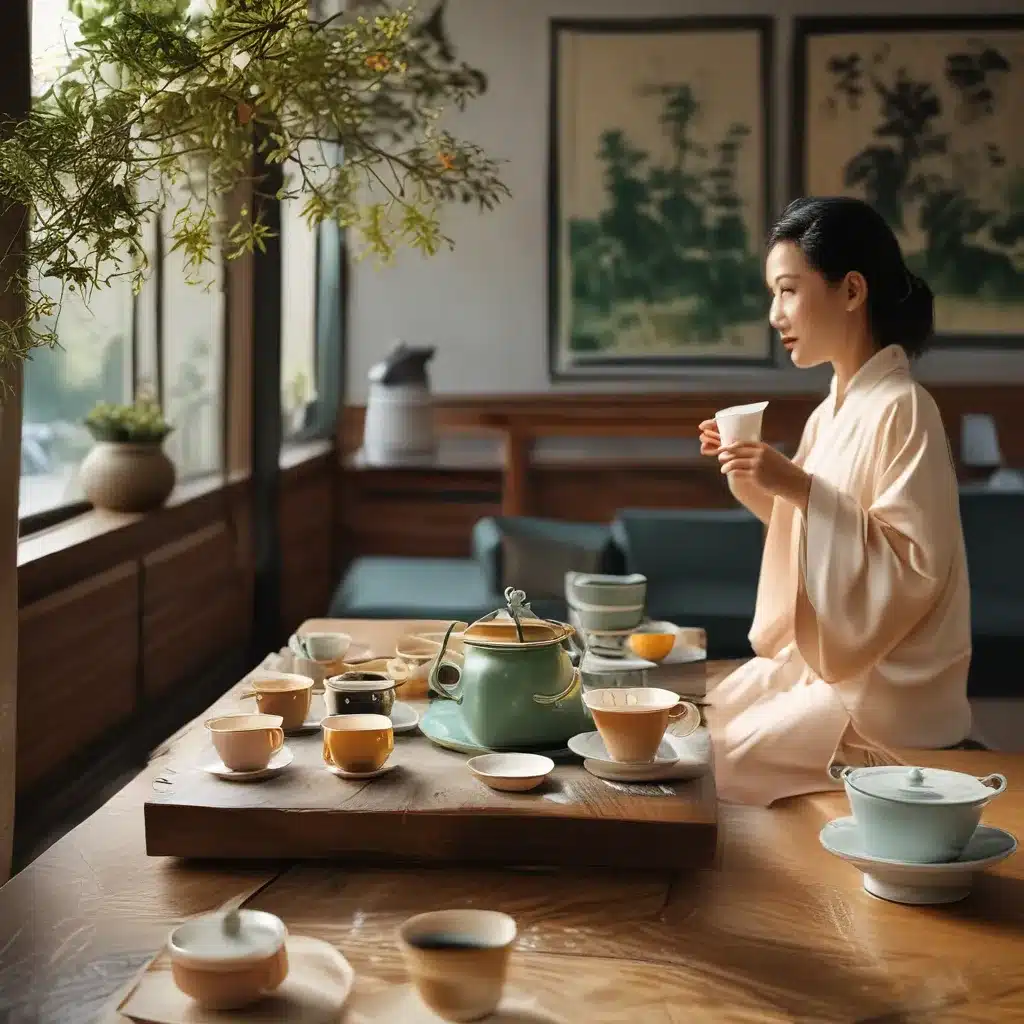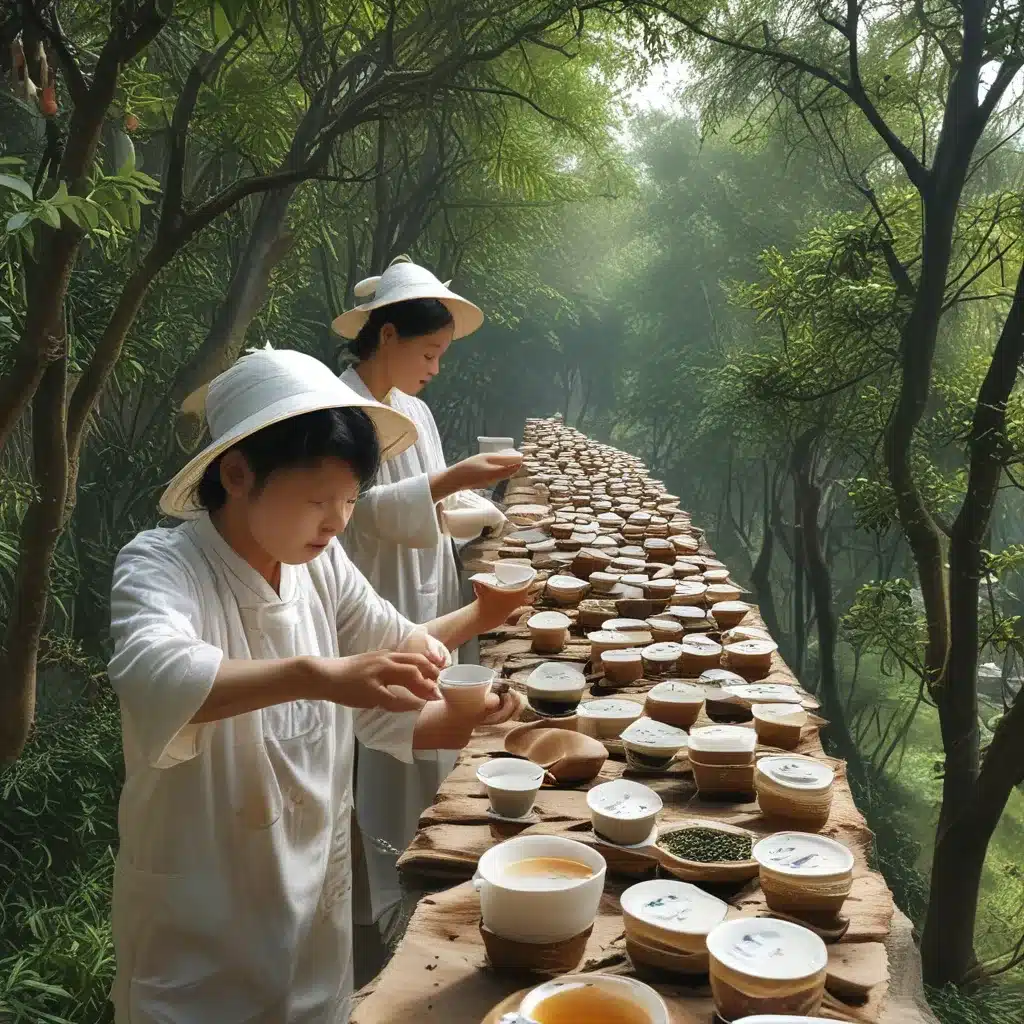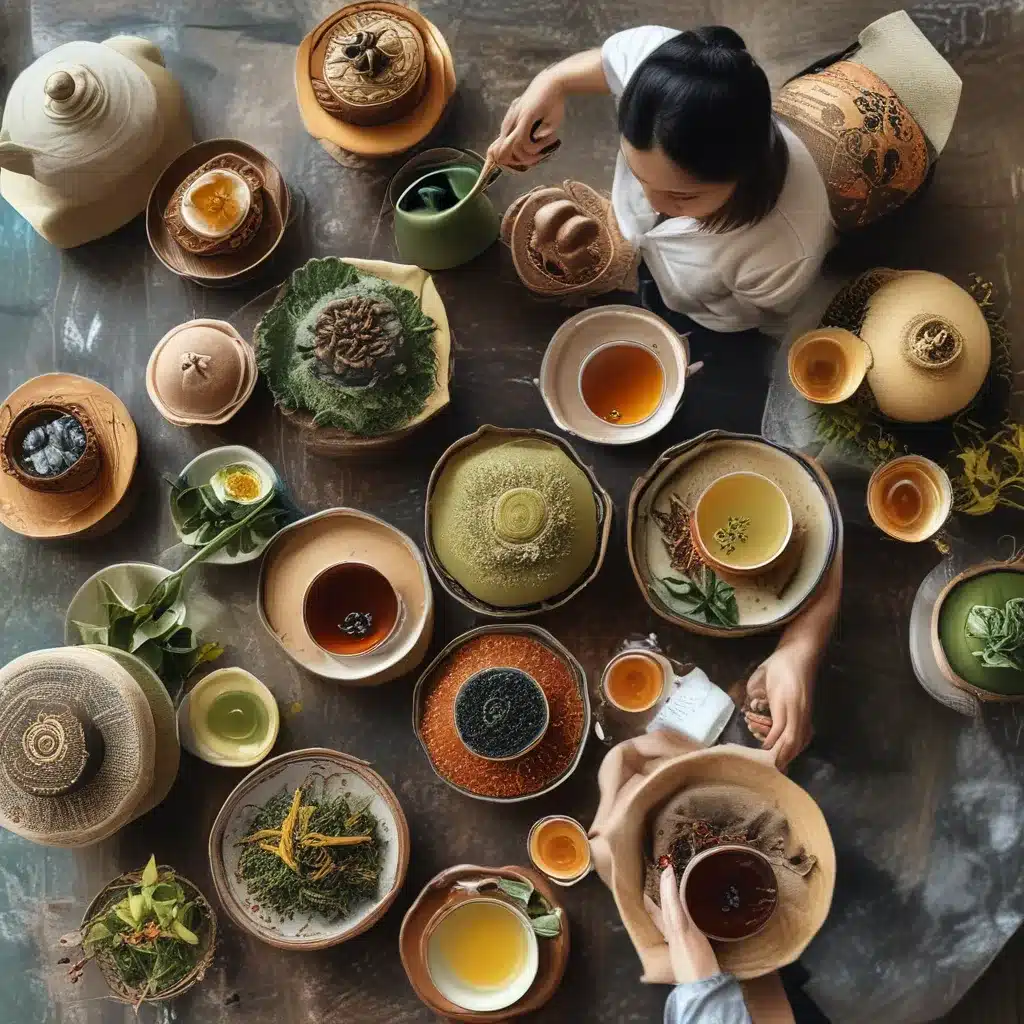
The Harmonious Dance of Flavors
As I step through the doors of One Dragon Restaurant, the vibrant sights and aromas of Shanghai cuisine immediately transport me to a world of culinary artistry. The bustling kitchen, the sizzling woks, and the intricate plating all come together in a harmonious dance that captivates my senses.
But this isn’t just a meal; it’s a holistic experience that goes beyond the mere act of eating. Shanghai cuisine, with its delicate balance of flavors and its deep roots in traditional Chinese medicine, is the acupuncture of the culinary world. Just as acupuncture aims to restore the body’s natural equilibrium, these dishes strive to bring a sense of harmony and balance to the palate and the soul.
Unlocking the Yin and Yang of Flavors
At the heart of Shanghai cuisine lies the concept of yin and yang, the ancient Chinese philosophy that governs the balance of opposing forces. In the kitchen, this principle manifests itself through the careful interplay of flavors, temperatures, and textures.
According to culinary experts, Shanghai dishes often feature a delicate balance between sweet and savory, hot and cold, soft and crunchy. This harmonious blend is achieved through the strategic use of ingredients and cooking techniques.
For example, a classic Shanghai dish like the Xiao Long Bao (soup dumplings) embodies this yin-yang harmony. The delicate, steaming hot broth within the dumpling represents the yang, or the warming, invigorating aspect of the dish. The soft, pillowy wrapper, on the other hand, is the yin, the cooling, soothing element that balances the heat.
Restoring the Body’s Equilibrium
But Shanghai cuisine’s connection to traditional Chinese medicine goes far beyond just the interplay of flavors. According to research, the ingredients and cooking methods used in these dishes are specifically chosen to address imbalances in the body and promote overall well-being.
Much like acupuncture, which uses the strategic placement of needles to stimulate specific points on the body, Shanghai cuisine aims to “acupuncture” the digestive system, restoring the natural flow of energy and bringing the body back into equilibrium.
For instance, the use of ginger, a staple in many Shanghai dishes, is believed to have warming properties that can help counteract the effects of cold, damp weather or a sluggish digestive system. Likewise, the incorporation of aromatic spices like Sichuan peppercorn and star anise are thought to invigorate the circulation and aid in the body’s natural detoxification processes.
The Alchemy of Cooking
But the true magic of Shanghai cuisine lies not just in the individual ingredients, but in the way they are transformed through the alchemy of cooking. The process of steaming, braising, and stir-frying not only brings out the natural flavors of the ingredients but also enhances their medicinal properties.
Much like acupuncture, which aims to restore the flow of qi, or life force energy, within the body, Shanghai cuisine seeks to unlock the inherent vitality of its components, allowing them to work in harmony to nourish and rejuvenate the diner.
The slow, gentle heat of braising, for example, is believed to help “unlock” the medicinal properties of certain herbs and vegetables, making their nutrients more readily available to the body. And the rapid, high-heat of stir-frying is thought to stimulate the digestive system, kickstarting the body’s natural processes of absorption and assimilation.
The Culinary Acupuncture of Shanghai
As I savor each bite of my Shanghai meal, I can’t help but marvel at the intricate dance of flavors and the underlying therapeutic properties of the dishes. It’s as if the chefs have crafted a culinary acupuncture session, using their woks and ladles as needles to gently coax my body back into a state of balance and harmony.
The interplay of yin and yang, the strategic use of warming and cooling ingredients, the alchemical transformation of the cooking process – it all comes together in a symphony of flavors that nourishes not just my palate but my entire being.
And as I leave the restaurant, my mind and body feel rejuvenated, as if I’ve just undergone a holistic wellness treatment. The Acupuncture of Eating, as it were, has worked its magic, restoring a sense of equilibrium and vitality that I can carry with me long after the last morsel has been savored.
So the next time you find yourself in the bustling streets of Shanghai, or even at your local Shanghai cuisine restaurant, I encourage you to approach the meal with a deeper understanding and appreciation. For in these dishes, you’ll find not just a culinary experience, but a holistic journey towards balance, harmony, and wellness.

